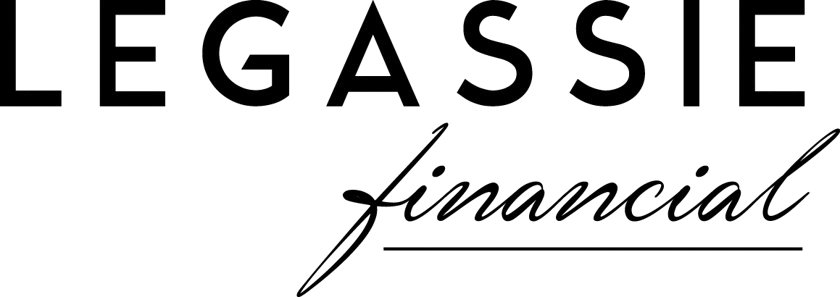Wondering how much do I need to retire in Canada is one of the most common and important questions for anyone thinking ahead. With rising living costs and longer life expectancies, having a clear idea of what retirement will cost — and how to prepare for it — is essential.
The answer isn’t the same for everyone. It depends on your lifestyle, income sources, and how well you’re protected against future risks.
Start with Your Lifestyle
There’s no universal retirement number. Some people want a quiet life at home, while others plan for travel, new hobbies, or supporting family.
To get a rough sense of your monthly needs, consider:
- Will you have a mortgage or rent in retirement?
- Do you plan to travel often or just occasionally?
- Will you need to support adult children or grandchildren?
- Are you budgeting for health care or private insurance?
Lifestyle goals shape your income needs. Two people with the same savings may need very different retirement plans based on how they want to live.
Understand Your Income Sources
Once you have a spending target, the next step is figuring out where your income will come from. For most Canadians, this includes a mix of:
- Canada Pension Plan (CPP): Based on your earnings and contributions over time. You can start as early as age 60 or delay for a higher benefit.
- Old Age Security (OAS): Begins at age 65 and is income-tested.
- Employer pensions: If you have a defined benefit or contribution plan, it may offer monthly income.
- Personal savings and investments: This includes RRSPs, TFSAs, and non-registered accounts.
- Other income sources: Such as part-time work, rental income, or business earnings.
A well-structured withdrawal strategy can help make your income last and reduce your tax burden.
Plan for Inflation and Unexpected Costs
Even if your numbers look solid today, retirement often spans 25 years or more. Over time, inflation will erode purchasing power — groceries, property taxes, insurance, and health care all tend to rise.
Planning based on today’s prices alone may leave you short later. A good plan includes a cushion for rising costs and unexpected expenses like major home repairs or medical needs.
Example: Janet and Gary
Janet and Gary live in Langley and have saved around $850,000. They’re thinking about retirement in the next few years and estimated they’d need about $6,000 per month. Their CPP and OAS benefits, combined with a small pension and investment withdrawals, came close to that figure.

But they hadn’t factored in future costs like home maintenance or rising travel expenses. After working with a planner, they adjusted their timeline and added more flexibility to their withdrawal strategy. Now, they feel far more confident about their decision.
Get Clarity and Confidence in Your Retirement Plan

A confident retirement starts with understanding where you stand today. Whether you’re five years out or already thinking ahead, we’ll help you analyze your options, optimize your income sources, and design a plan that supports the lifestyle you want.


